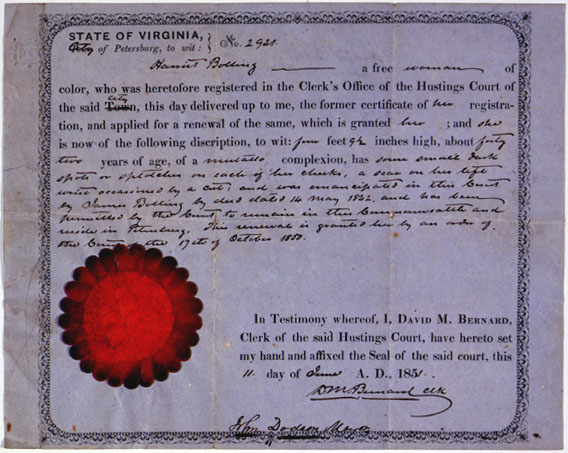Bring the answers with you on Tuesday!
1. According to the concept of popular sovereignty, the status of slavery in each territory would be decided by
A. the vote of the House of Representatives.
B. a national election.
C. congressional legislation.
D. the Supreme Court.
E. the vote of the people in each territory.
2. Which of the following is TRUE about the Kansas-Nebraska Act?
A. It led to the disintegration of the Democratic party.
B. It was a measure the South had been demanding for decades.
C. It resulted in the formation of the Republican party.
D. By applying popular sovereignty to formerly free territories, it eased the tensions between North and South.
E. It assured its main sponsor of the Democratic nomination for president in 1856.
3. The man who opened Japan to the US was
A. William Walker.
B. Franklin Pierce.
C. James Gadsden.
D. Matthew Perry.
E. David Schwimmer.
4. The Gadsden Purchase was made in order to enable
A. a transcontinental railroad line to be built in the South.
B. Santa Anna to remain in power in Mexico.
C. the staking of gold claims by US citizens.
D. the US to then trade the land for Cuba.
E. Mexico to pay off its debts to American citizens.
5. The final rupture of the Whig party in 1852 occurred over
A. the nomination of Winfield Scott or Daniel Webster.
B. the admission of California as a free state.
C. protective tariffs.
D. homestead laws.
E. slavery.
6. The Know-Nothing Party opposed
A. slavery.
B. Manifest Destiny.
C. compulsory school attendance.
D. immigration.
E. compromises.
7. For a short time in the 1850s, an American named William Walker seized control of what area in the hopes of turning it into part of a “golden circle” of slaveholding territory?
A. El Salvador
B. Cuba
C. Panama
D. Baja California
E. Nicaragua
8.____________ were southern radicals who pushed southern interests at all costs and favored secession from the Union.
A. Copperheads
B. The Young Guard
C. The Old Guard
D. Bulldogs
E. Fire-eaters
Read the excerpt to answer questions 9 and 10.
“But I will allude to the other complaints of the South, and especially to one which has in my opinion just foundation; and that is, that there has been found at the North, among individuals and among legislators, a disinclination to perform fully their constitutional duties in regard to the return of persons bound to service who have escaped into the free States. In that respect, the South, in my judgment, is right, and the North is wrong. Every member of every Northern legislature is bound by oath, like every other officer in the country, to support the Constitution of the United States; and the article of the Constitution which says to these States that they shall deliver up fugitives from service is as binding in honor and conscience as any other article. No man fulfills his duty in any legislature who sets himself to find excuses, evasions, escapes from this constitutional obligation.”
9. The author of the passage is
A. John C. Calhoun.
B. Henry Clay
C. Abraham Lincoln.
D. Roger Taney.
E. Daniel Webster.
10. To correct the complaint of the South, the author supported the passage of
A. the Kansas-Nebraska Act.
B. the Ostend Manifesto.
C. the Fugitive Slave Law of 1793.
D. the Fugitive Slave Law of 1850.
E. “personal liberty laws.”



You must be logged in to post a comment.